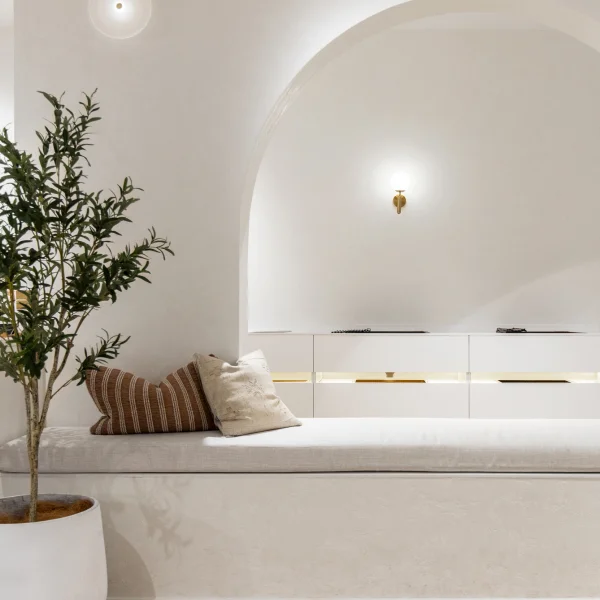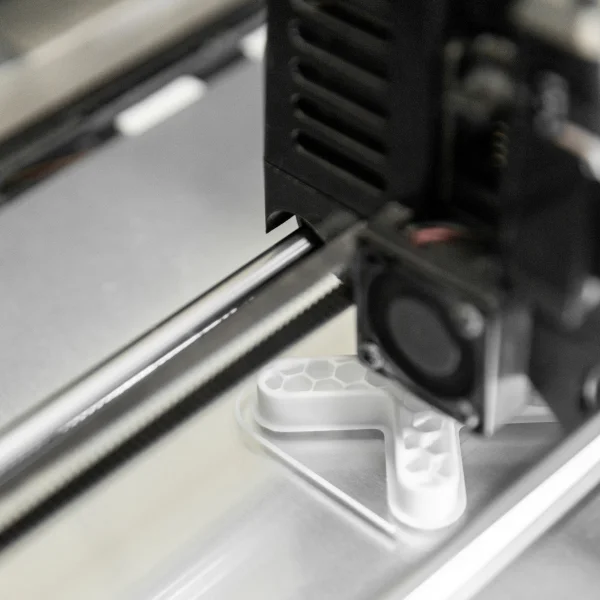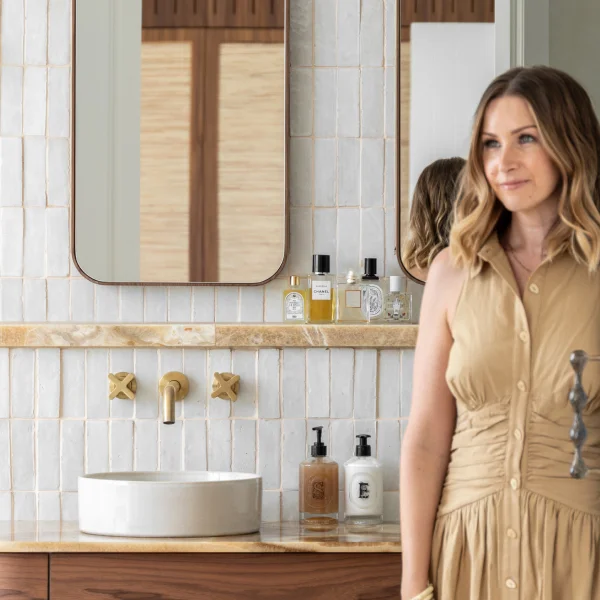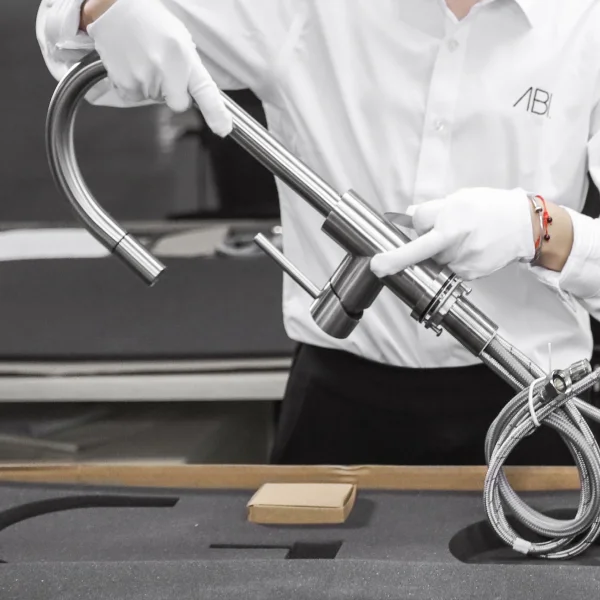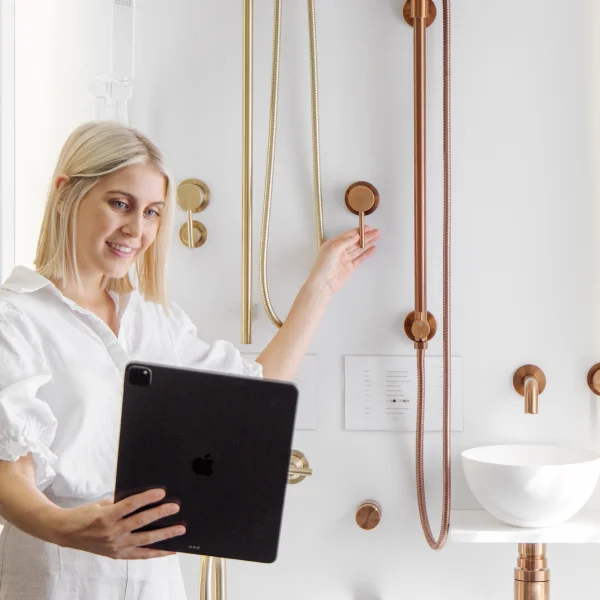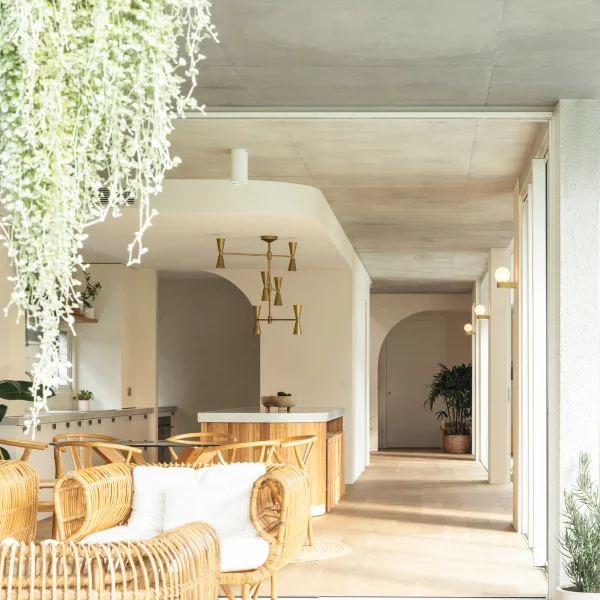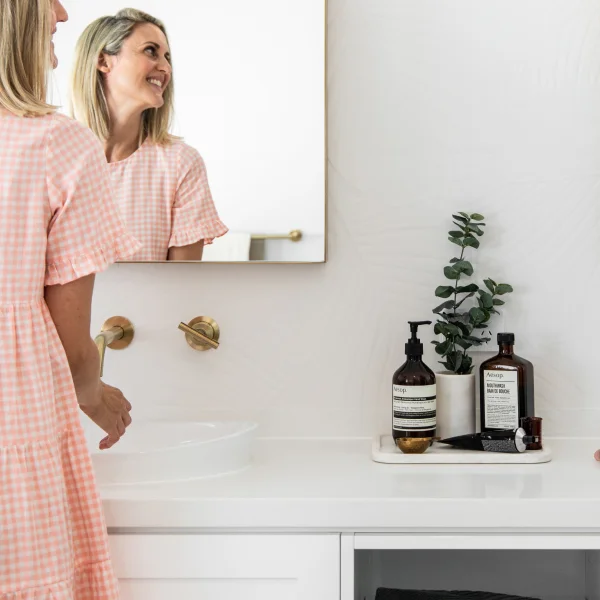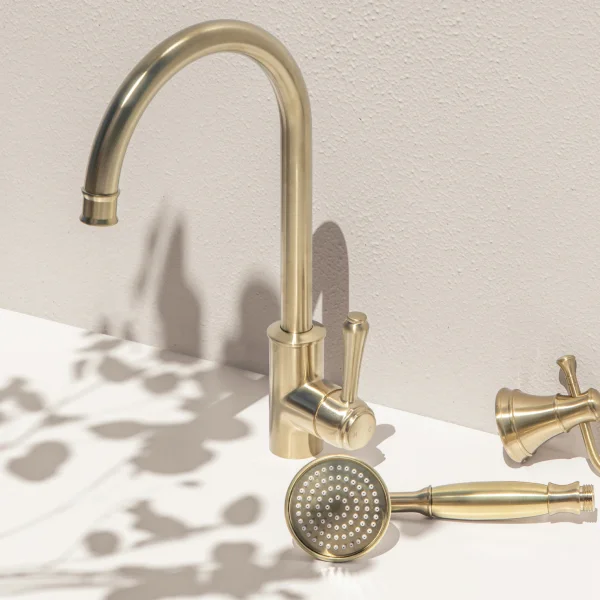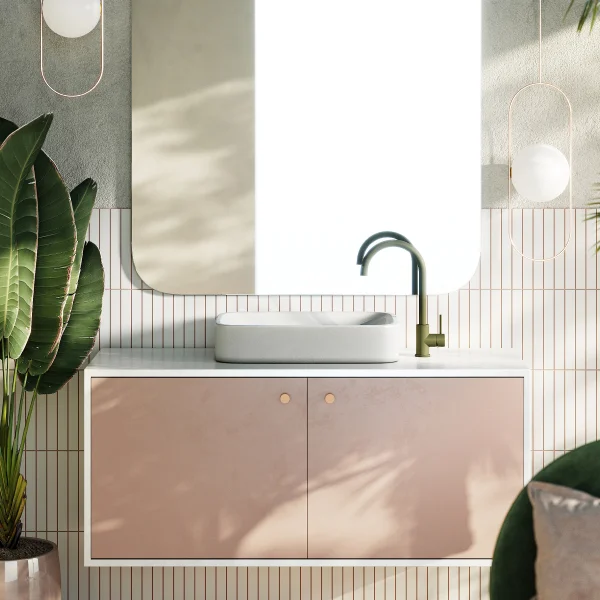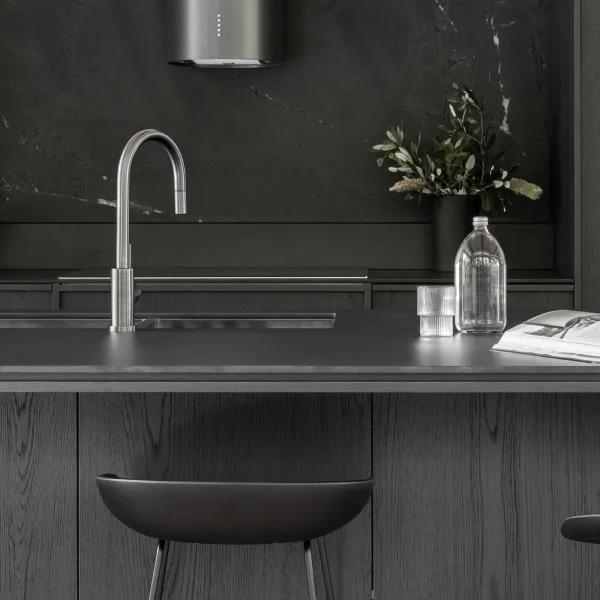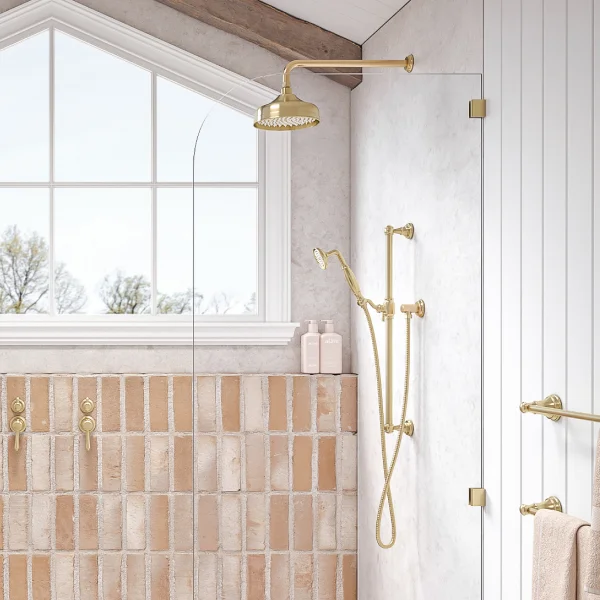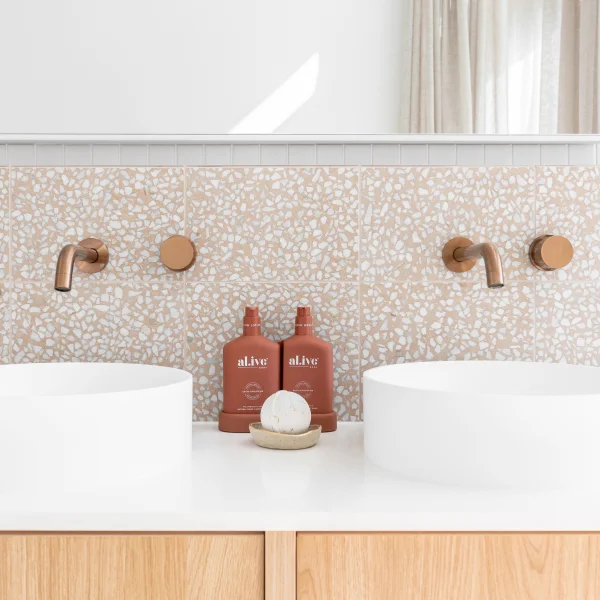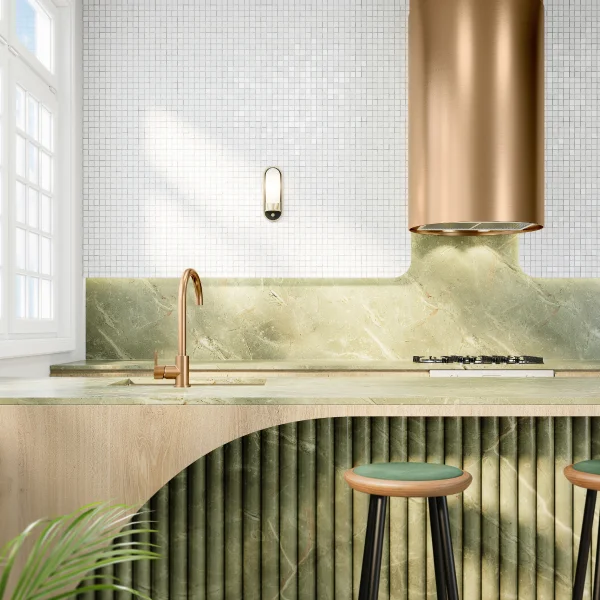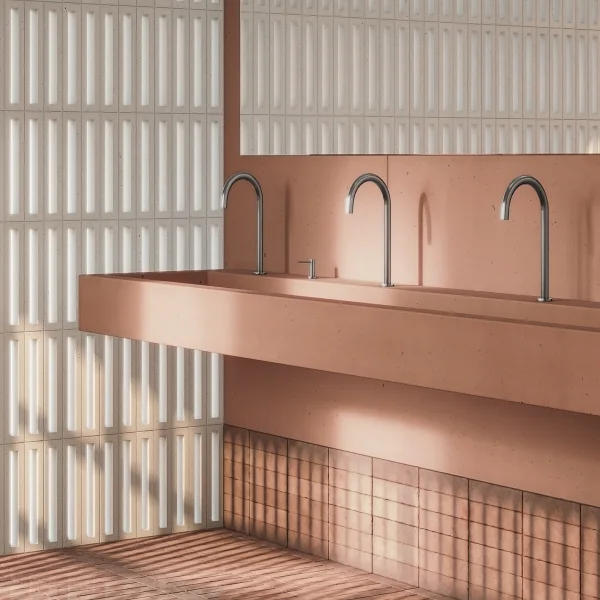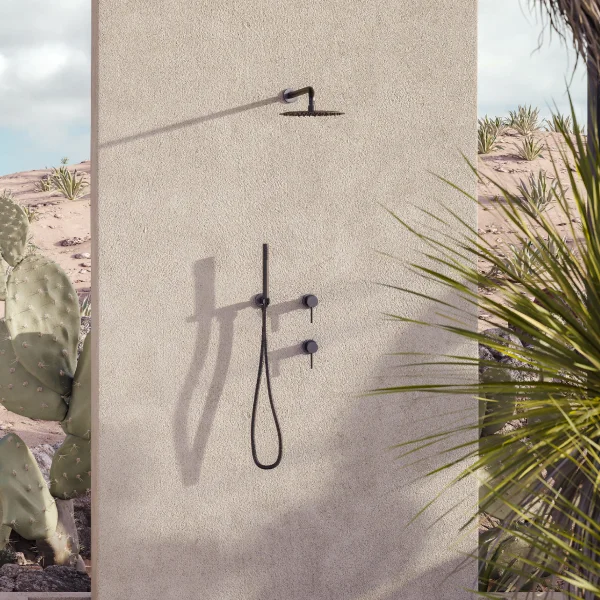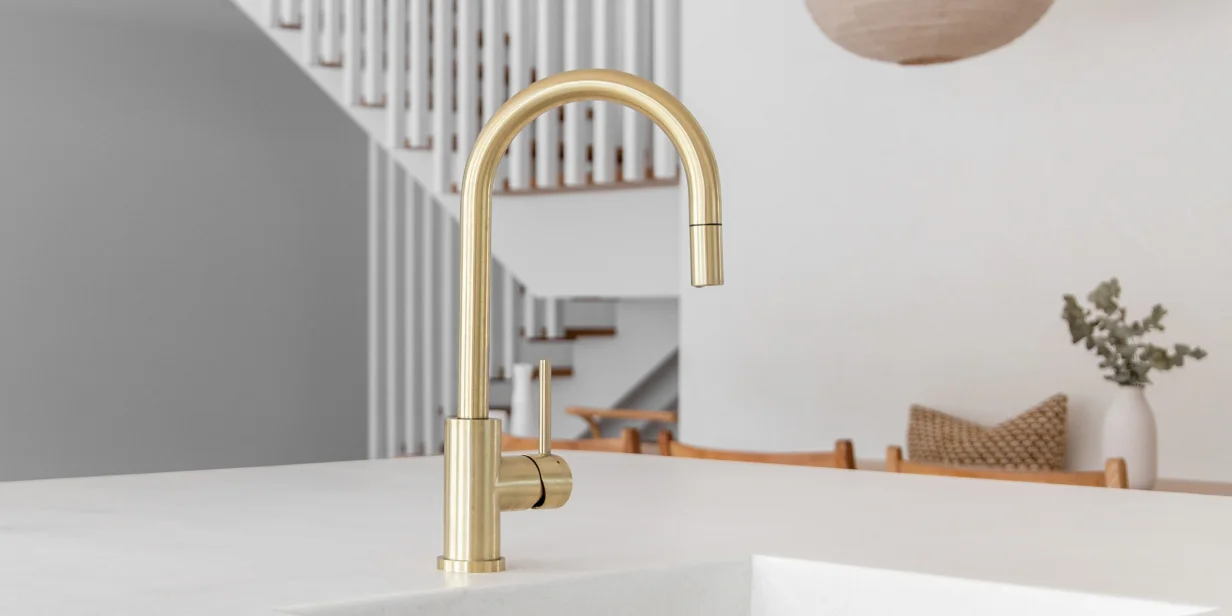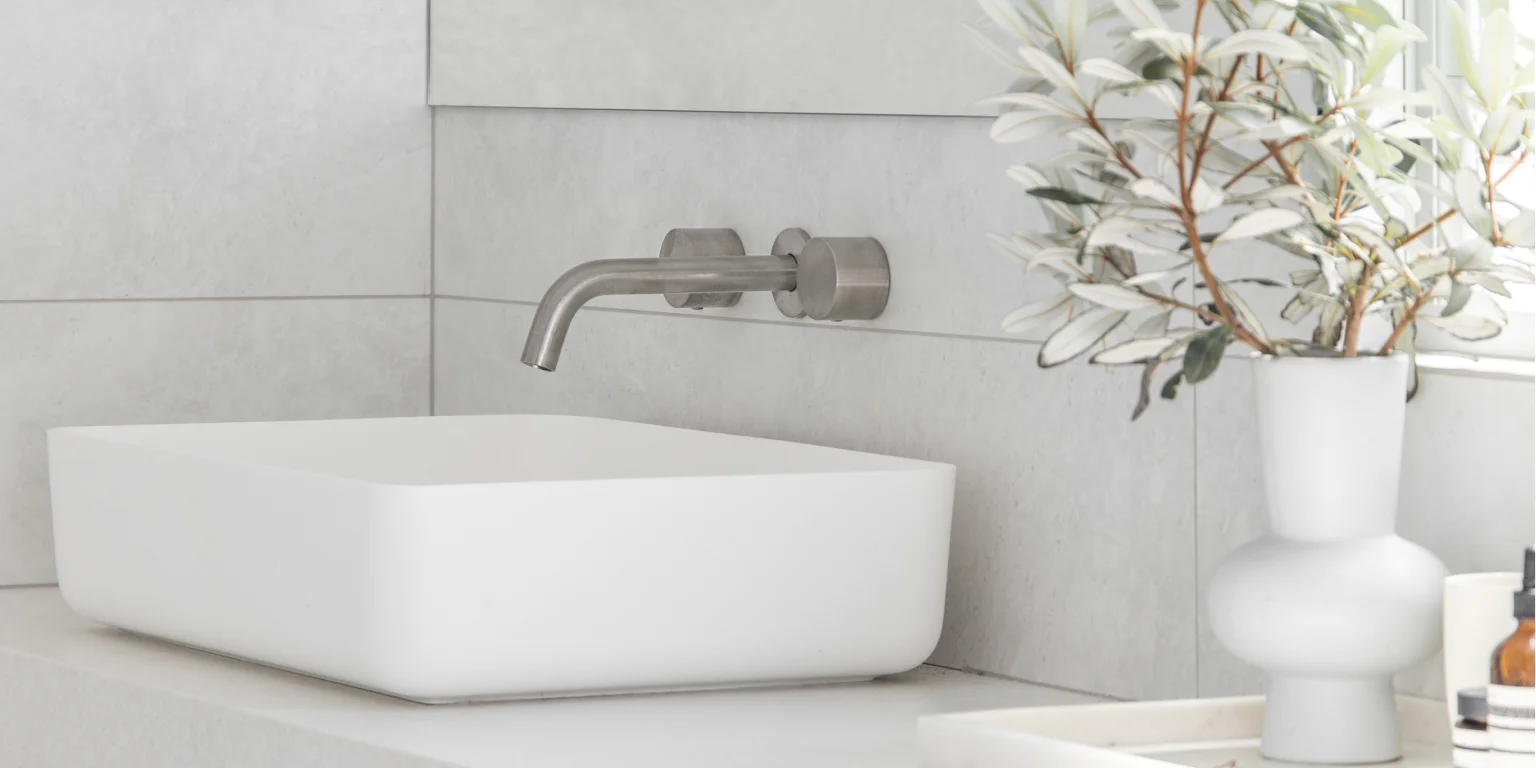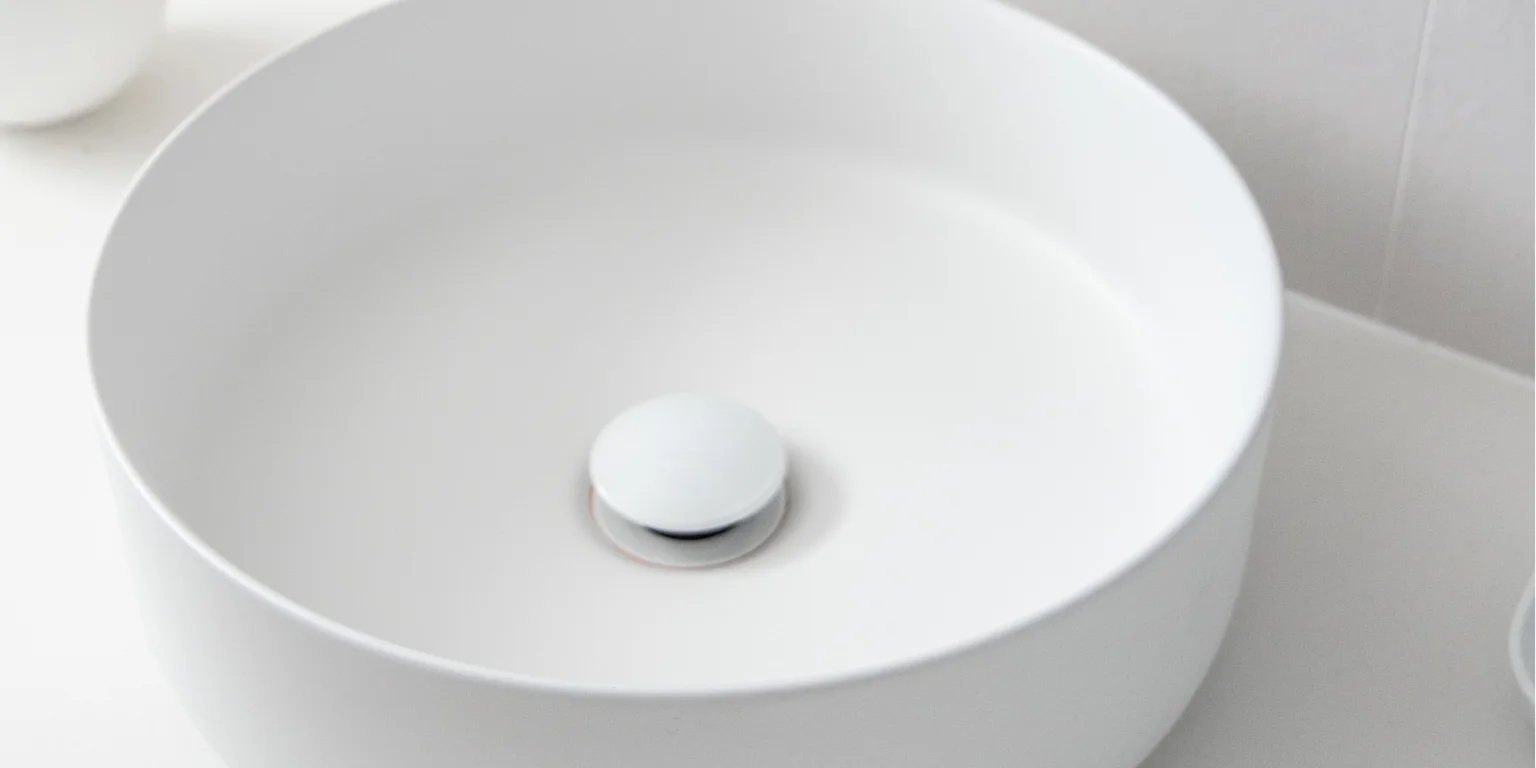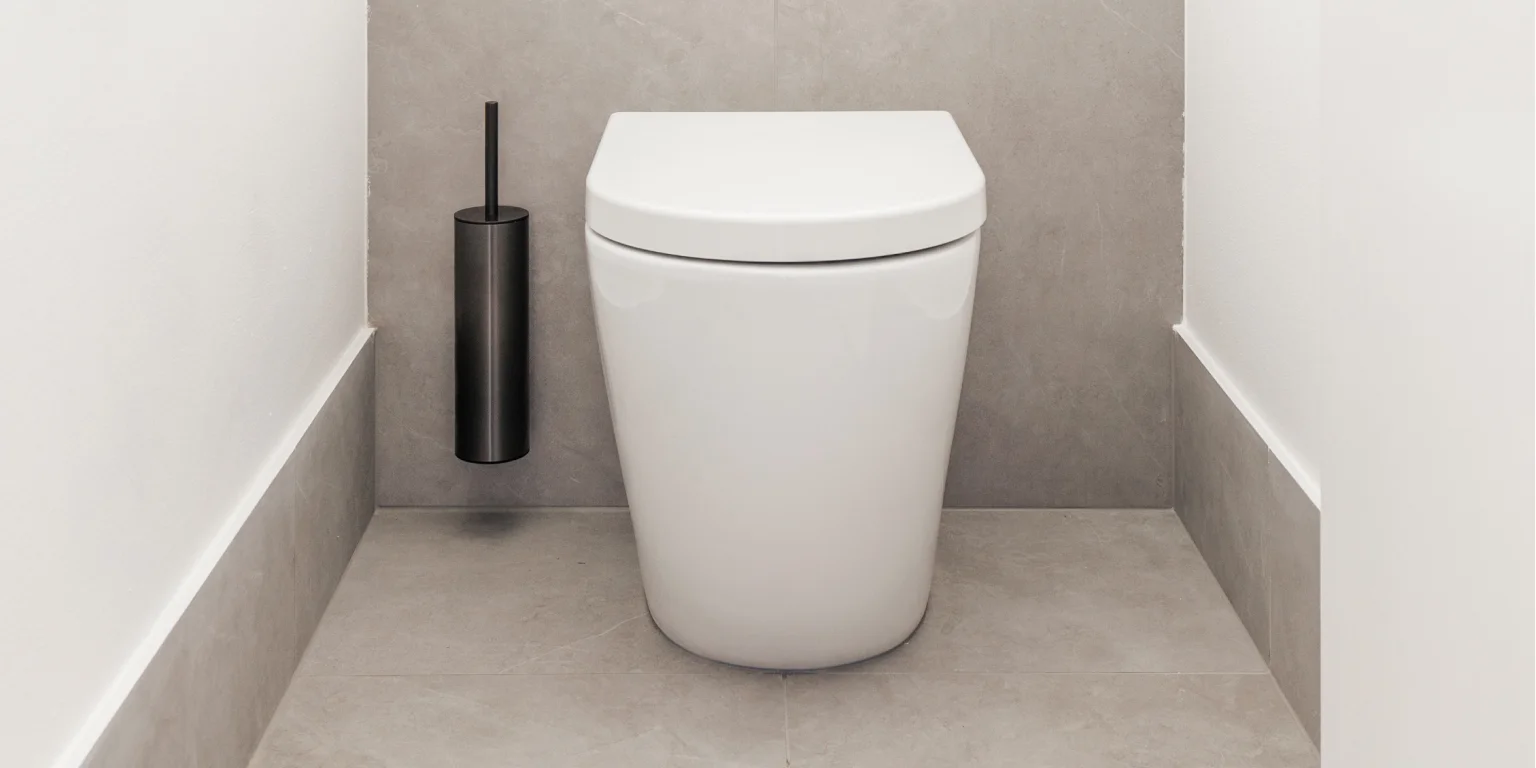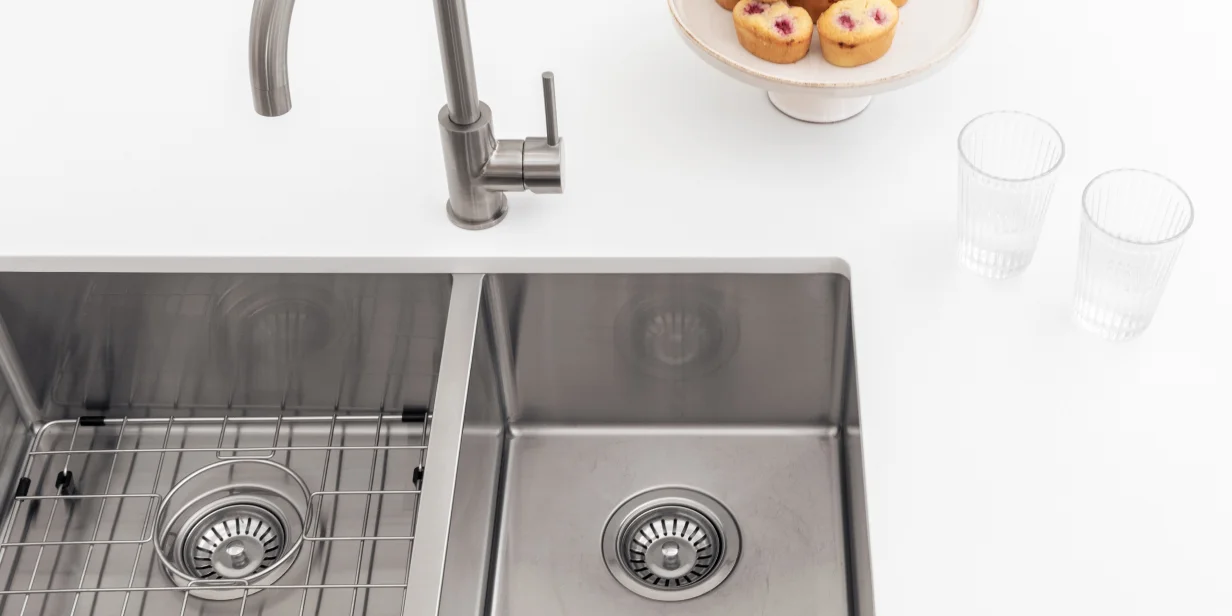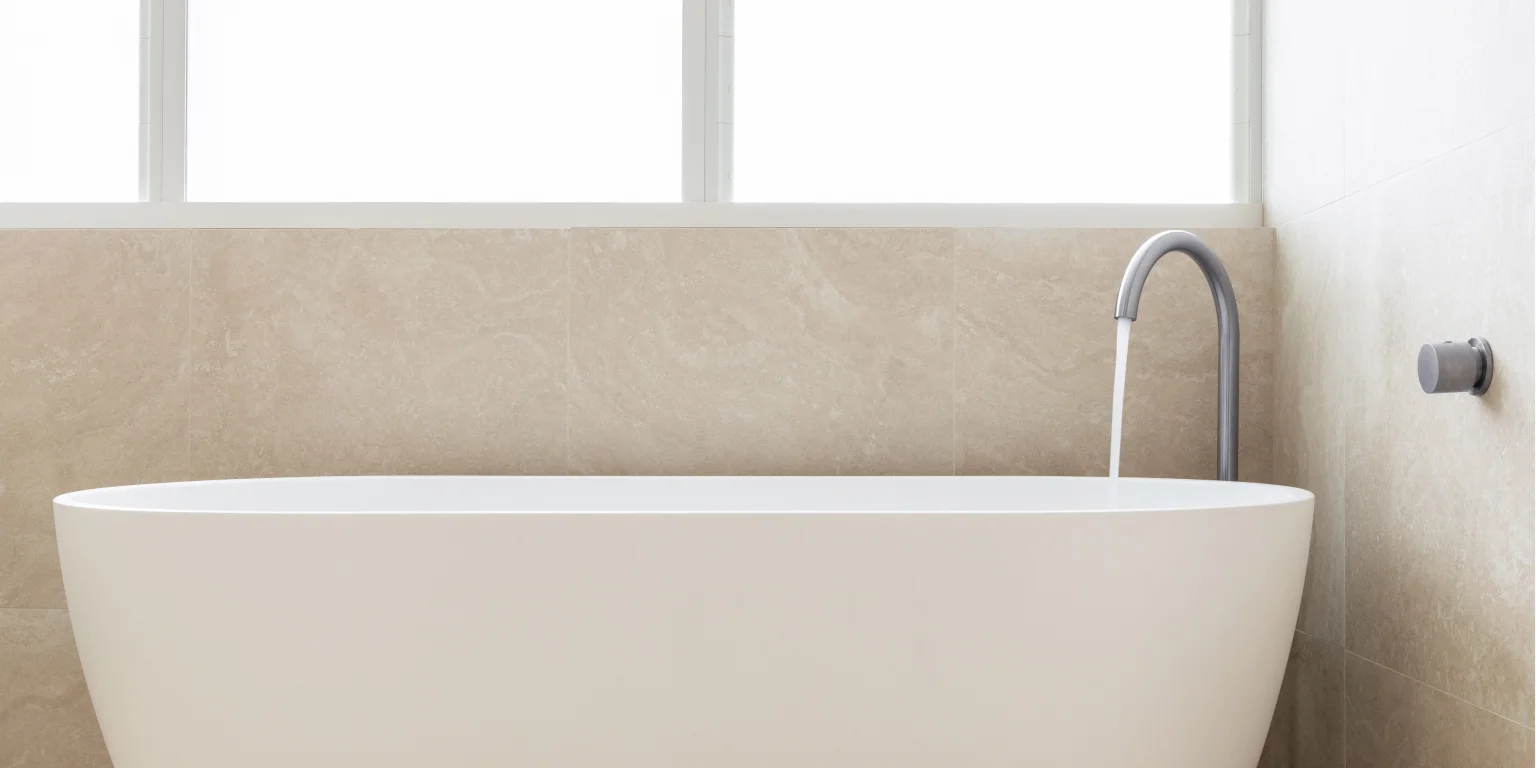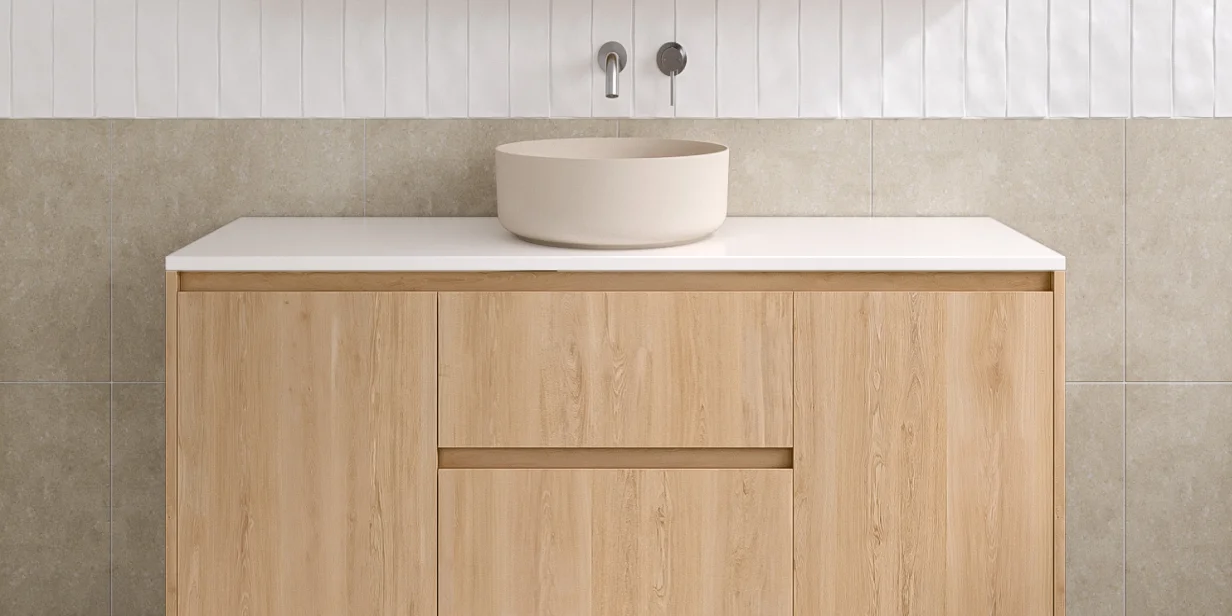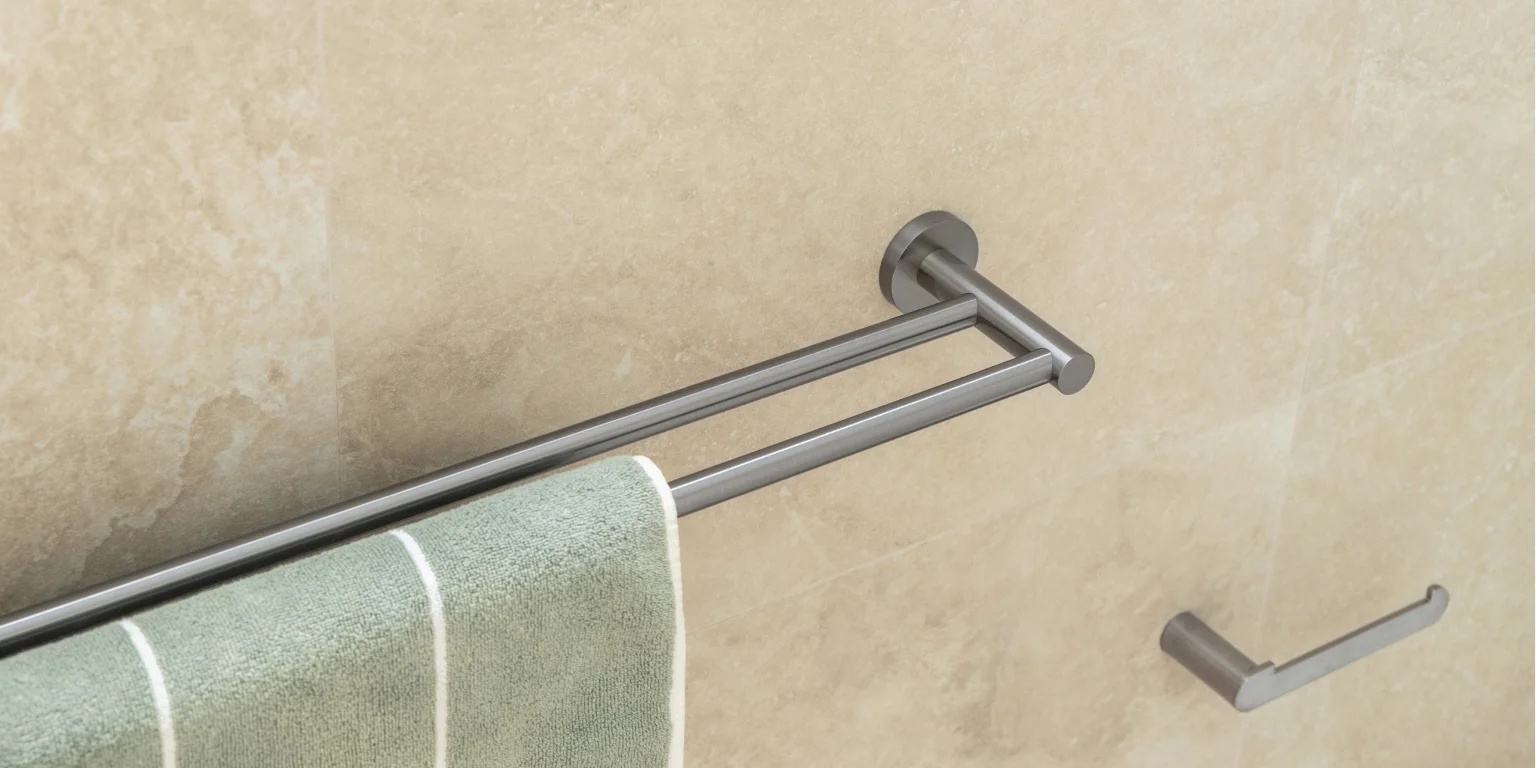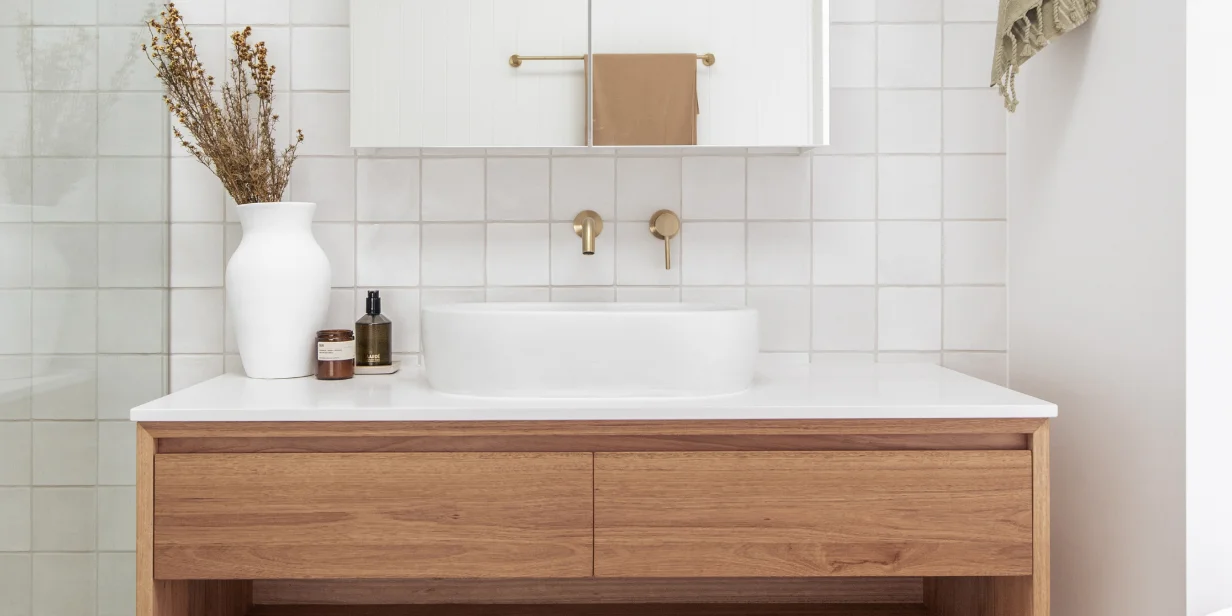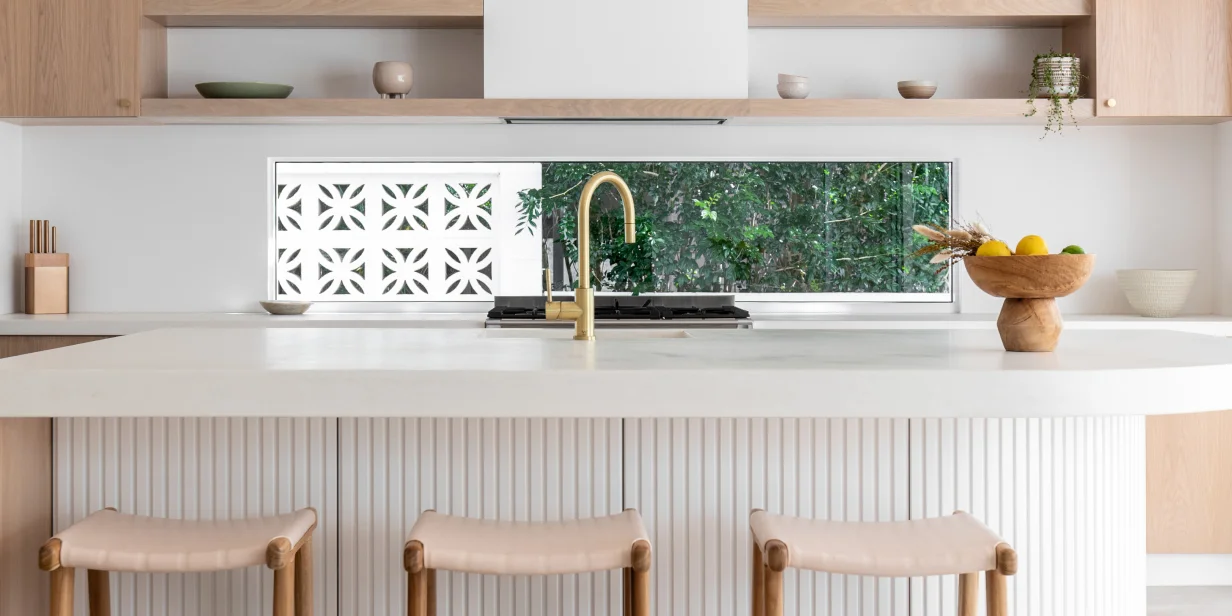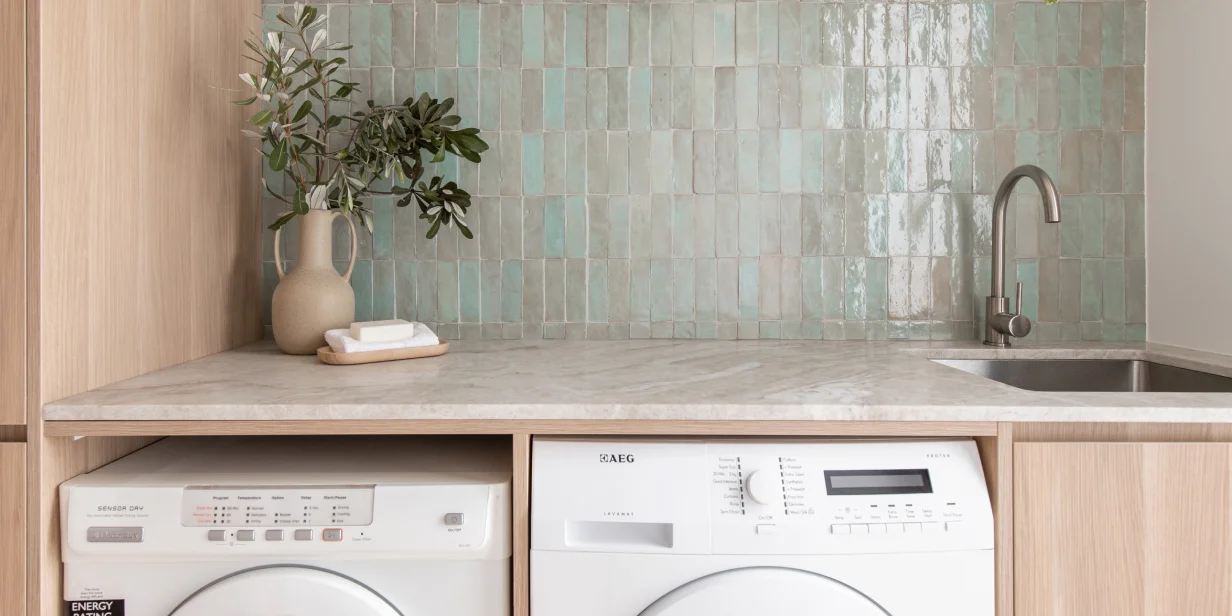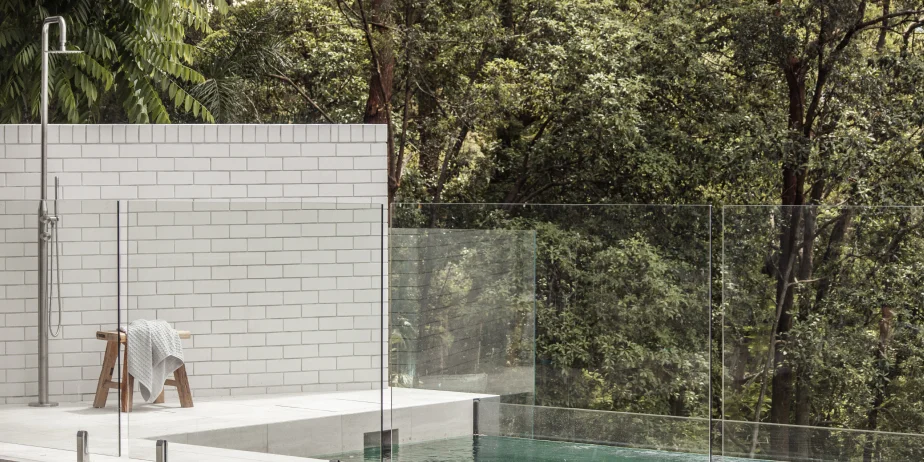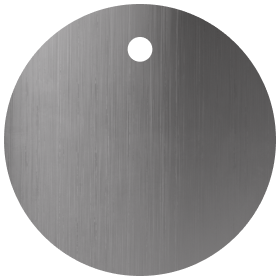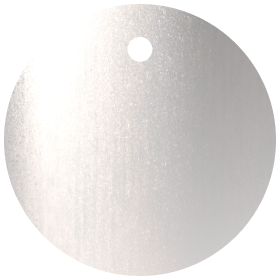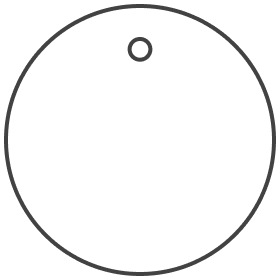Building A Sustainable House

With the knock-on effect of the global energy and cost-of-living crisis, we are becoming more mindful of maintaining a more sustainable home. However, what specific measures can we take to alleviate rising electricity costs and optimise energy efficiency at home?
We speak to Chirs Kerr, CEO of Clipsal by Schneider Electric — which creates energy-efficient house design electrical products and solutions — to gain some insight into ways to be sustainable at home and how eco-friendly houses can fuel a more environmentally responsible future.
Understanding Your Energy Usage
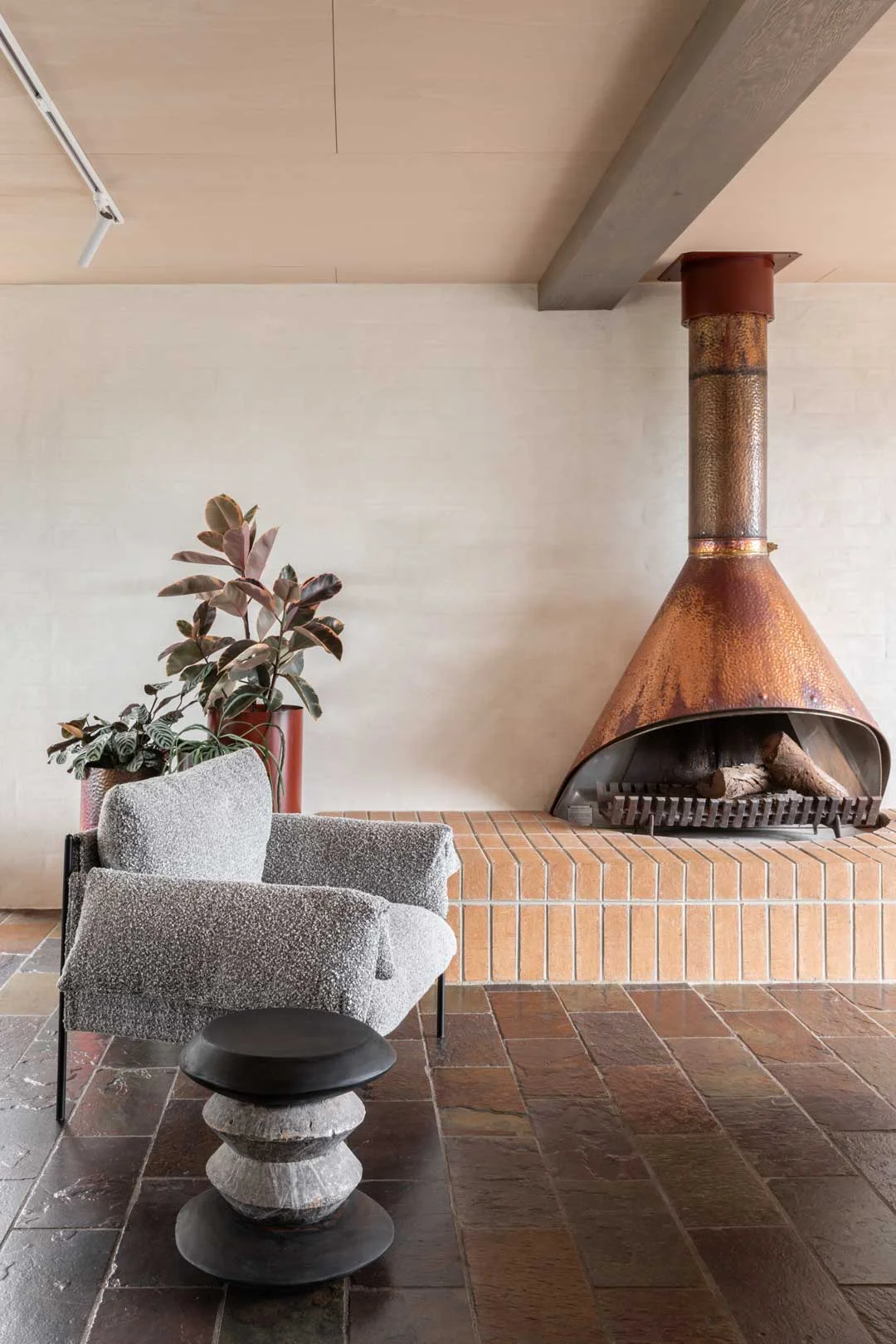
We know electricity prices have significantly increased in recent years; therefore, understanding your energy usage at home certainly makes sense financially.
“The biggest pain point at the moment is bill shock. So, the first thing to do is to understand where you are consuming your energy,” Chris says.
“Homes have their own fingerprint. I have a large growing family; therefore, our home's energy usage fluctuates over time. So, the first thing to do is [establish] where your energy is being consumed.”
Chris suggests initially consulting an electrician to assess your household’s energy usage and to identify where savings can be made.
“This is probably a new world for consumers. They don’t really understand the kilowatt of energy, so having an electrician guide you through where you can save can be very helpful,” he continues.
“They can provide you with an energy audit and take you through the energy usage and where you could really make a difference.”
Energy-Saving Practices
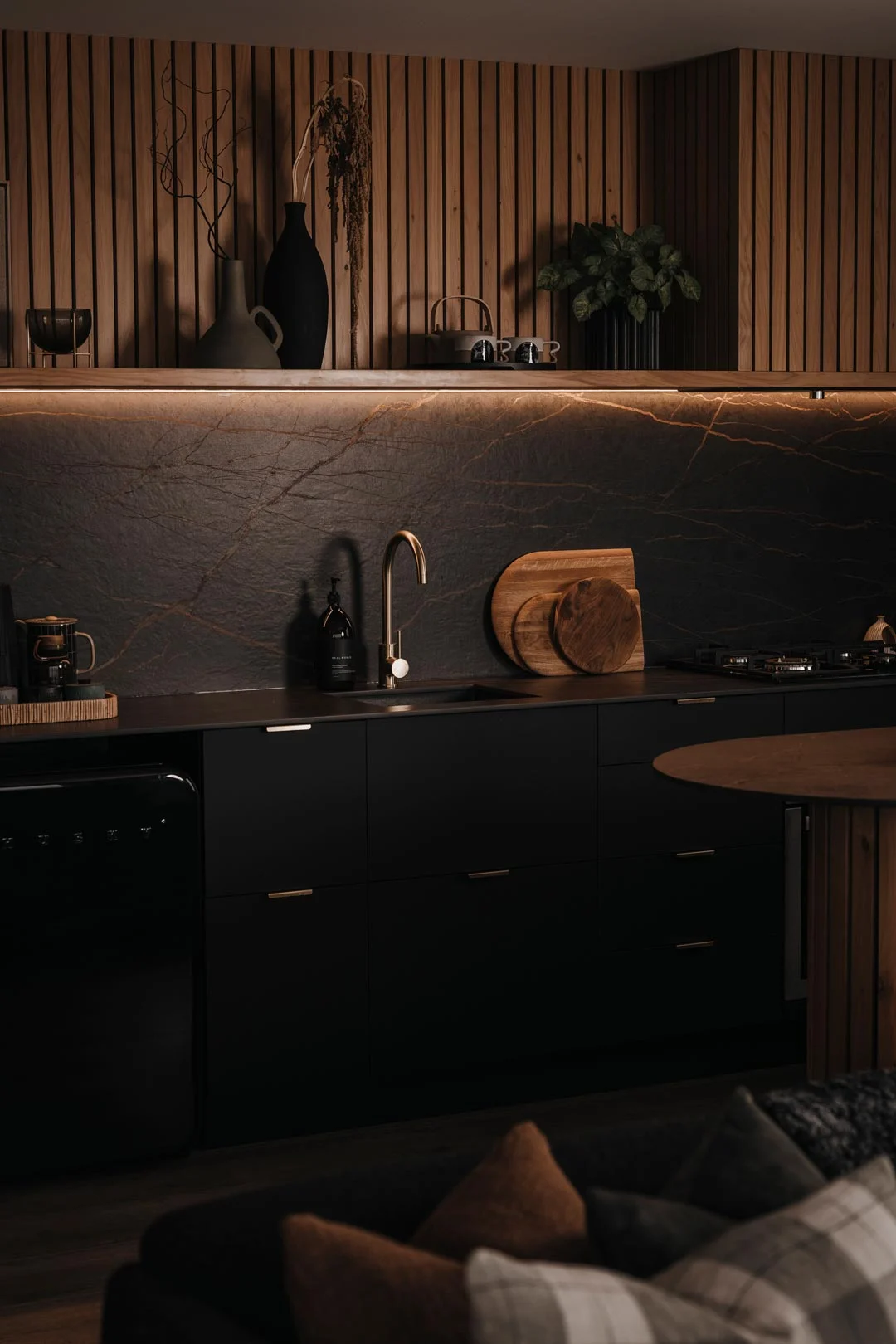
Implementing energy-saving practices, such as using appliances during off-peak hours (10 pm-6 am) and switching to LED lighting throughout your home, can significantly reduce your consumption. Modern automation makes it easier than ever to implement these measures.
“A lot of appliances now have timers on them that allow you to take advantage of the off-peak rate to enable you to be cost-effective around that, and LED lighting uses one-seventh of the output that traditional incandescent lighting does, so that can definitely save you too,” continues Chris.
Nevertheless, Chris says the biggest energy consumers in the home come from heating, ventilation, and air conditioning — collectively known as HVAC.
“If you have an electric water heater, that's essentially a big kettle boiling water for you for a certain time period that can use around four kilowatts of energy, which is reasonably high in the home,” he says.
“[However], new water heaters are coming out that have air conditioning attached to them, which is a lot more friendly in terms of energy usage as it uses that air-con to heat the water, [so] you can essentially halve that [energy] load.”
Understanding Solar Energy
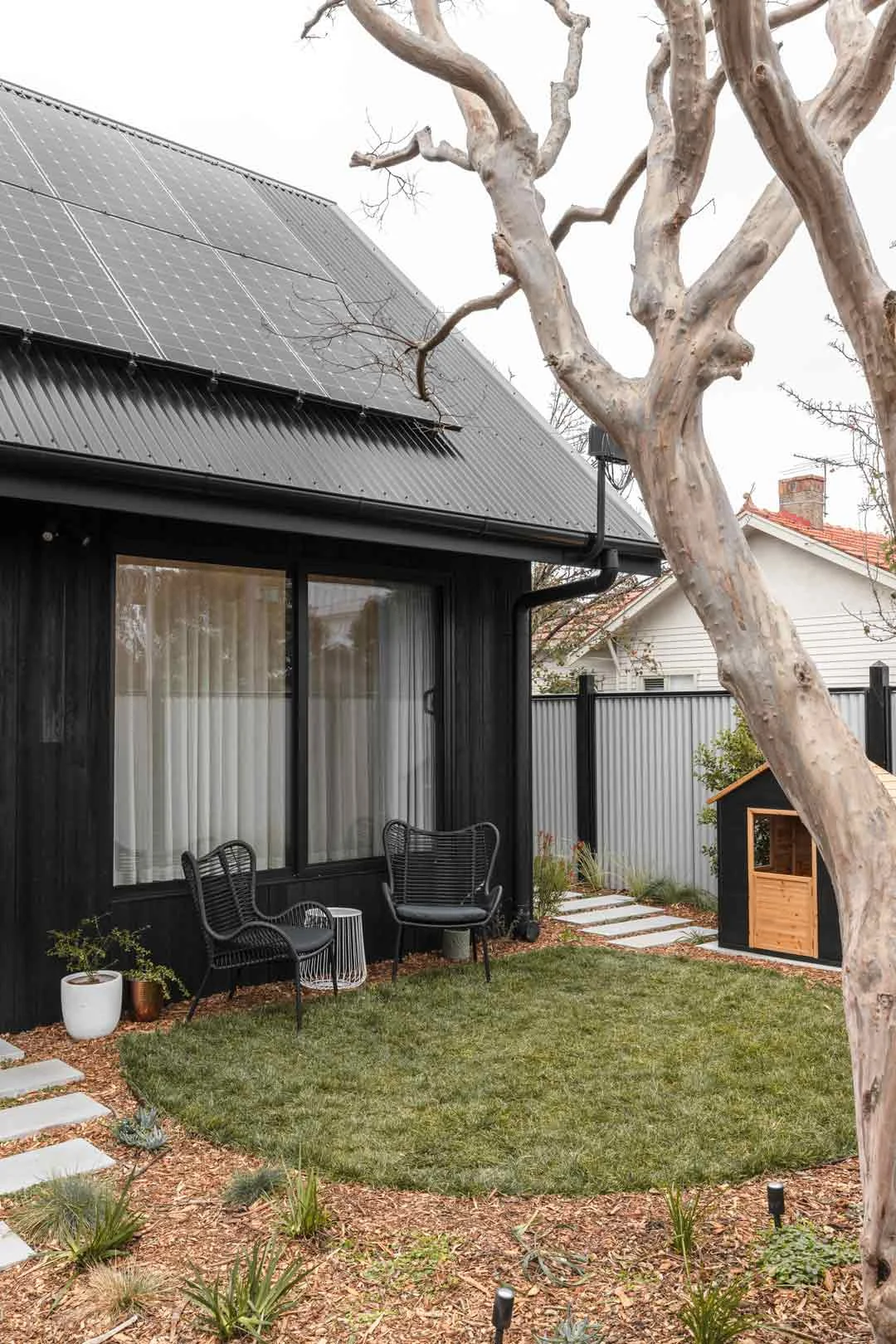
It’s sobering to realise that the amount of sun that hits the earth in 90 minutes is enough to fuel the entire world’s annual energy consumption. Commercial solar energy has been around for half a century; however, it’s only since the mid-1990s that this technology has been implemented for widespread residential consumption.
While investing in solar energy helps mitigate bill shock, Chris underlines the importance of infrastructure and monitoring systems to ensure energy is used optimally in the home.
“The biggest misconception I see is that people think if they get solar and the sun's shining, then their bill should drop,” he says.
“What happens is that when people get solar energy, they tend to use more energy. They think, ‘Oh, well, the sun's shining, I'll turn on everything’ — but they don't have the infrastructure that tells them in a simple, consumer-friendly way what’s really happening in the home.”
Chris says that Clipsal has a comprehensive Wiser smart app solution that consolidates everything — enabling easy monitoring and management of energy consumption in the home.
However, while automation has made it much easier to take advantage of the off-peak rate when you switch to solar, it’s important to realise that the energy-saving time frame also alternates.
“When you have solar, that nighttime off-peak behaviour shifts completely because you want to use the solar up during the day — moving the dishwasher, washing machine, and the dryer to daytime usage,” he says.
Chris views investments in solar energy, energy management systems, and eco-friendly practices as cost-effective and beneficial for home sustainability and comfort.
“It’s not just automation in homes that turn the lights on and off but also introducing energy management that allows people to get greater visibility on whether their home is carbon neutral today,” he says.
“As a family, we produce and consume electricity, which helps us meet our sustainability goals. An interesting stat from our own home is that since getting solar, we've used more energy, but we know that energy has come clean and green for us, and that's that return on comfort.”
The Future of Sustainable Housing
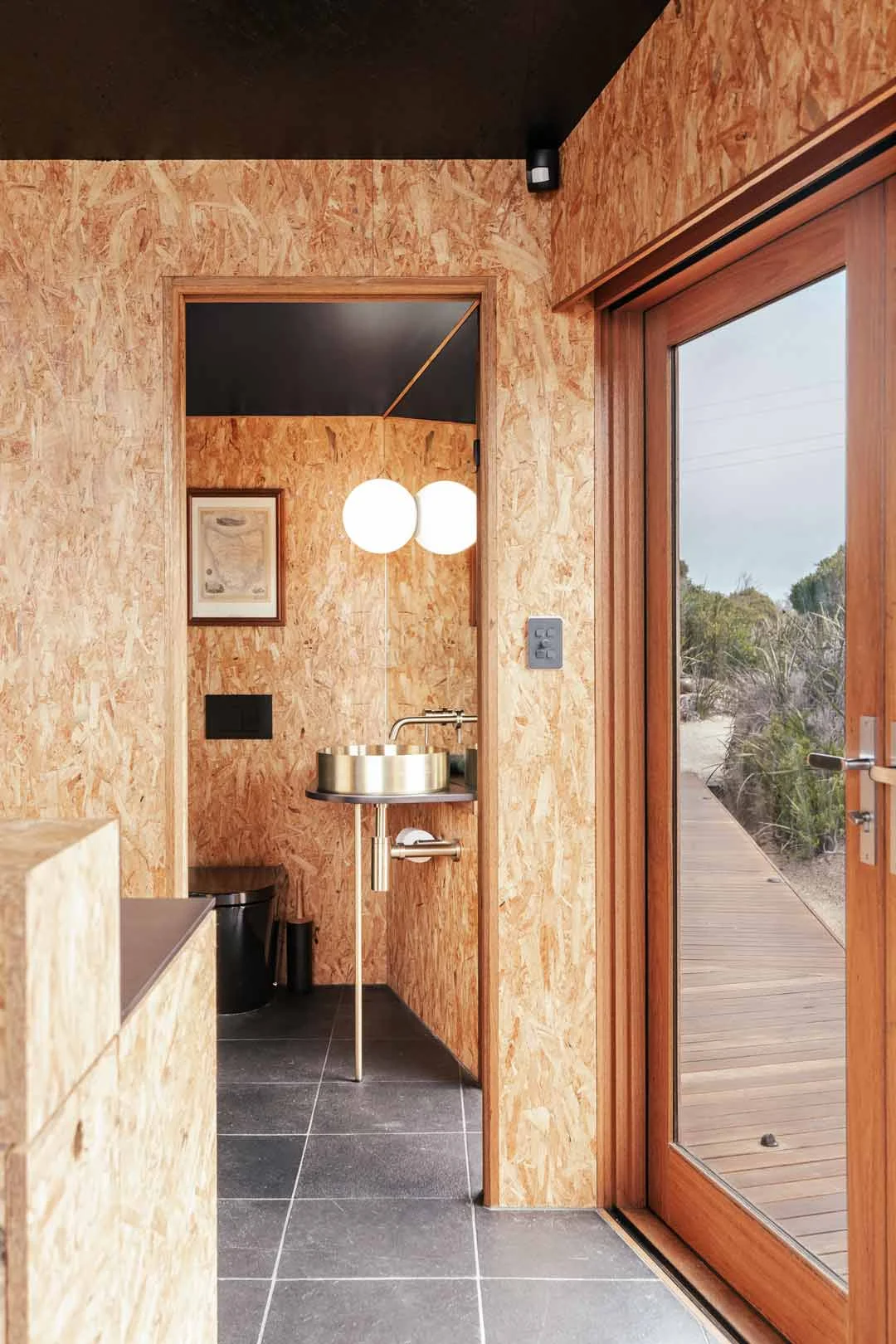
With our rising reliance on electrical devices and the growing market for electric vehicles (EVs) that require home charging stations, our energy usage is set to increase significantly.
“This highlights the potential strain on household energy consumption as more EVs are added, emphasising the importance of efficient energy management systems within homes,” Chris says.
“85% of your charging for an electric vehicle will be done at home. So, having solar panels allows you to charge that car for almost no cost during the day while the sun's shining. Having that battery in the home allows you to run the house overnight and have energy independence as well.”
To learn more about sustainable house designs, read our blog:
The Sociable Weaver’s Off-Grid Living Paradise in Australian Bushland | House Tour
